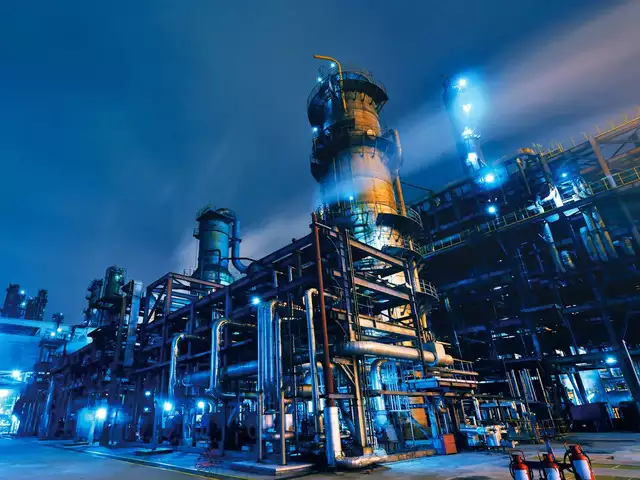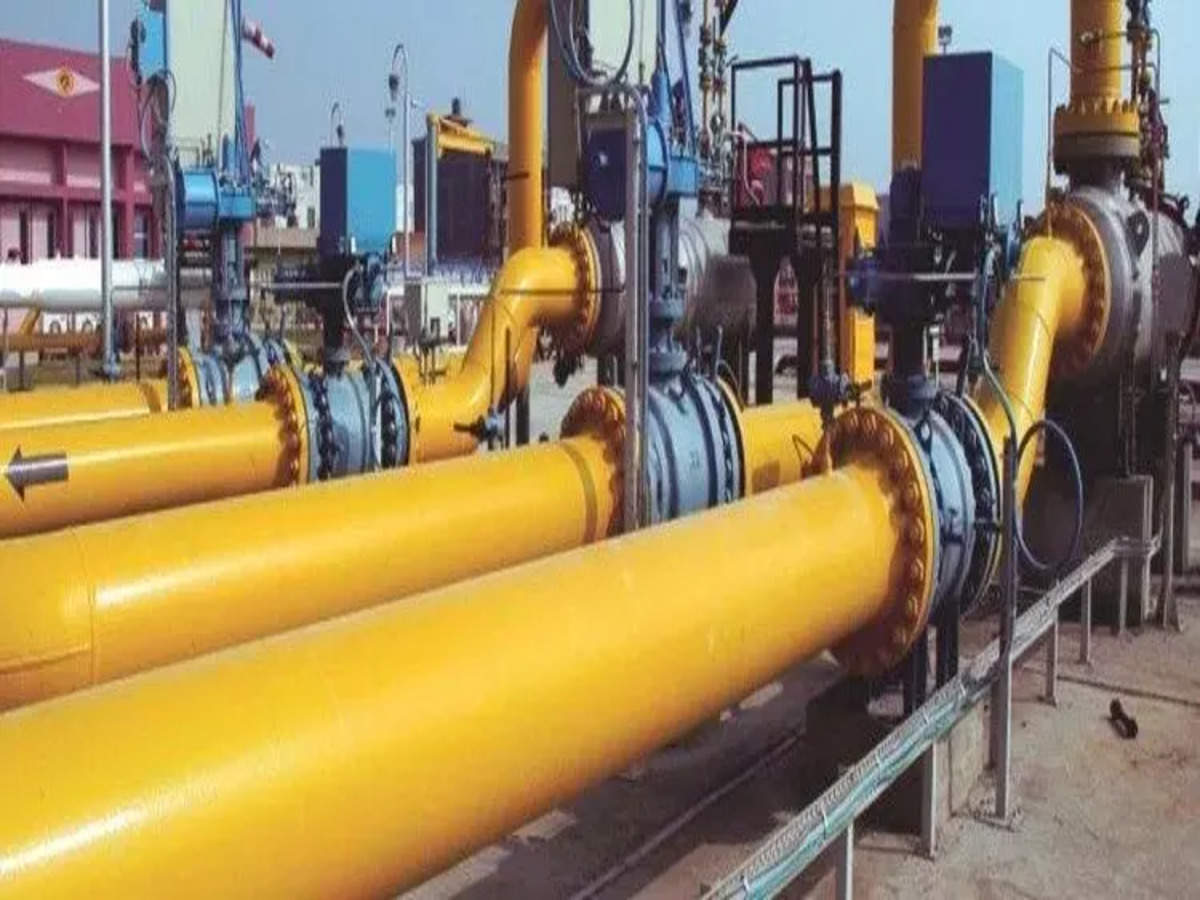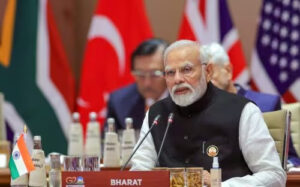
The price of natural gas produced from challenging areas, such as the deepsea KG-D6 block of Reliance Industries, has been significantly reduced by 18%. This decrease is in line with the softening of international benchmark gas prices. However, the price of gas primarily used for producing Compressed Natural Gas (CNG) for vehicles and piping to household kitchens for cooking purposes will remain unchanged. This stability is due to a price cap set at 30% less than market rates, including those paid to Reliance.
Six-Month Price Adjustment: Starting October 1, for a six-month period, the price of gas from deepsea and high-pressure, high-temperature (HPTP) areas has been lowered to USD 9.96 per million British thermal unit (mmBtu) from USD 12.12, as reported by the Petroleum Planning and Analysis Cell (PPAC) of the oil ministry. The Indian government bi-annually determines prices for locally-produced natural gas, which is used for various purposes, including CNG, household cooking, electricity generation, and fertilizer production.
Different Pricing Formulas: Two distinct formulas govern gas rates for legacy or old fields of national oil companies like Oil and Natural Gas Corporation (ONGC) and Oil India Ltd (OIL), compared to newer fields in challenging-to-exploit regions like deepsea. Pricing adjustments are made on April 1 and October 1 each year. The formula for legacy fields was altered in April this year, indexing it to 10% of the prevailing Brent crude oil price, with a cap at USD 6.5 per mmBtu.
Impact of the Price Cap: Legacy field rates are now determined monthly, with a September price of USD 8.60 per mmBtu. However, due to the cap, producers will receive only USD 6.5 per mmBtu. Brent crude oil averaged around USD 92 per barrel this month, but rates will remain capped at USD 6.5. In contrast, the pricing for gas from challenging areas still follows the old formula, considering a one-year average of international LNG prices and global gas hub rates with a one-quarter lag.
Global Price Trends: International prices decreased during the reference period from July 2022 to June 2023, resulting in lower prices for gas from challenging fields. The price for difficult area gas had previously been reduced to USD 12.12 per mmBtu for the six-month period beginning April 1, down from a record USD 12.46.
Regulating Gas Prices: The Indian government has implemented pricing mechanisms to stabilize gas prices, ensuring that consumers, including CNG users, piped cooking gas consumers, and fertilizer plants, are not adversely affected. This price ceiling accounts for production costs while safeguarding consumers, with the aim of increasing the share of natural gas in India’s energy mix to 15% by 2030, up from the current 6.3%.
![]()




